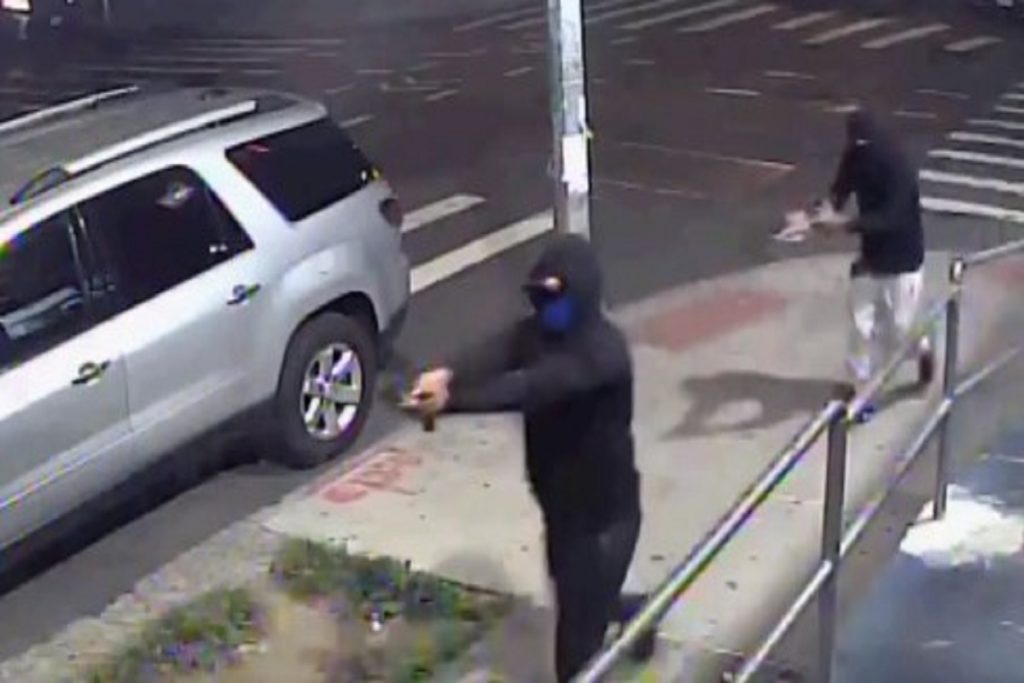Violent crime has been going up in the United States. It is mostly happening in low-income communities that are made up of people of color. These places have also been affected by school closures and the lack of basic services during this pandemic.
The research, which is the first of its type, contributes to the notion that America is facing a new crime wave as a consequence of liberal, “soft-on-crime” policies passed in the last two years.
Homicides and other sorts of violent attacks have reached record highs in recent years, while nonviolent crimes like robbery have continued to drop.
Despite the double-digit rises, the aggregate national violent crime rate remains significantly below the 1990s high.
“This study adds to the body of evidence that shows that our most disadvantaged and economically vulnerable areas bear the brunt of violence,” said Shani Buggs, an assistant professor at the VPRP and co-author of this paper.
The results, according to Buggs, reveal that racial and economic segregation increases susceptibility to violent crime and that “equal chances — including the opportunity to live, work, learn, play, and worship free of violence — are not offered to all Americans.”
The research, which took place in 13 cities throughout the United States during the first five months of the epidemic, discovered significant variations in criminal victimization between low-income, “at-risk” areas and wealthy regions.
“Although research has shown increases in violence in US cities during the COVID-19 epidemic,” the report noted, “to our knowledge, no studies have established who or where—in cities—the burden of violence was greatest.”
To evaluate racial and economic segregation, the researchers analyzed data from the American Community Survey at the zip-code level.
“From March to July 2020, zip codes with higher concentrations of low-income Black and people of color experienced substantially higher rates of violence than zip codes with higher concentrations of high-income white people,” said Julia Schleimer, the study’s lead author, and a research data analyst at VPRP.
Other forms of crime, such as rape and robbery, have decreased across all zip codes, regardless of race or wealth, according to the findings—data that has been confirmed by other investigations this year by the FBI and other sources.
“The general drop in robbery and rape may be genuine, or it may be an artifact of changes in reporting,” Schleimer said.
“Shelter-in-place orders, for example, may have decreased stranger rape or hindered victims’ capacity or desire to disclose intimate relationship rape,” she said.
“More research is required to figure out what’s driving these patterns.” Other statistics have shown that the rate of rising violent crime has decreased dramatically after the research was conducted.
However, the data provide an early glimpse of the pandemic’s influence on crime rates, an issue that has piqued experts’ interest. At-risk communities, where violence and poverty have continued to overlap, have escaped the national decline in violent crime rates over the last decade.
“The epidemic has just exacerbated these problems,” Buggs added.
More research is required, according to the study’s authors, to determine what is causing this “disproportionate surge” in violence.
“How has the closing of schools and community groups affected violence in segregated and disinvested neighborhoods, for example?” written by the writers
“The finding that murder and assault climbed disproportionately in impoverished areas, but not robbery and rape, shows that these populations were exposed to circumstances during the pandemic that influenced risk for these forms of violence differently.”
The research, according to Buggs, indicated the need to “substantially expand investments in the growth, empowerment, and healing of the most impacted communities.”
Chris McCort, Veronica Pear, Alaina De Biasi, Elizabeth Tomsich, Aaron Shev, Hannah Laqueur, and Garen Wintermute from VPRP were also authors on this paper.
The Joyce Foundation, the Heising-Simons Foundation, and the California Firearm Violence Research Center supplied funding for the study.
The research may be purchased here, and it was published in the American Journal of Public Health.
Follow us on Twitter
Also, Read American Cities With the Highest Property Crime Rates





